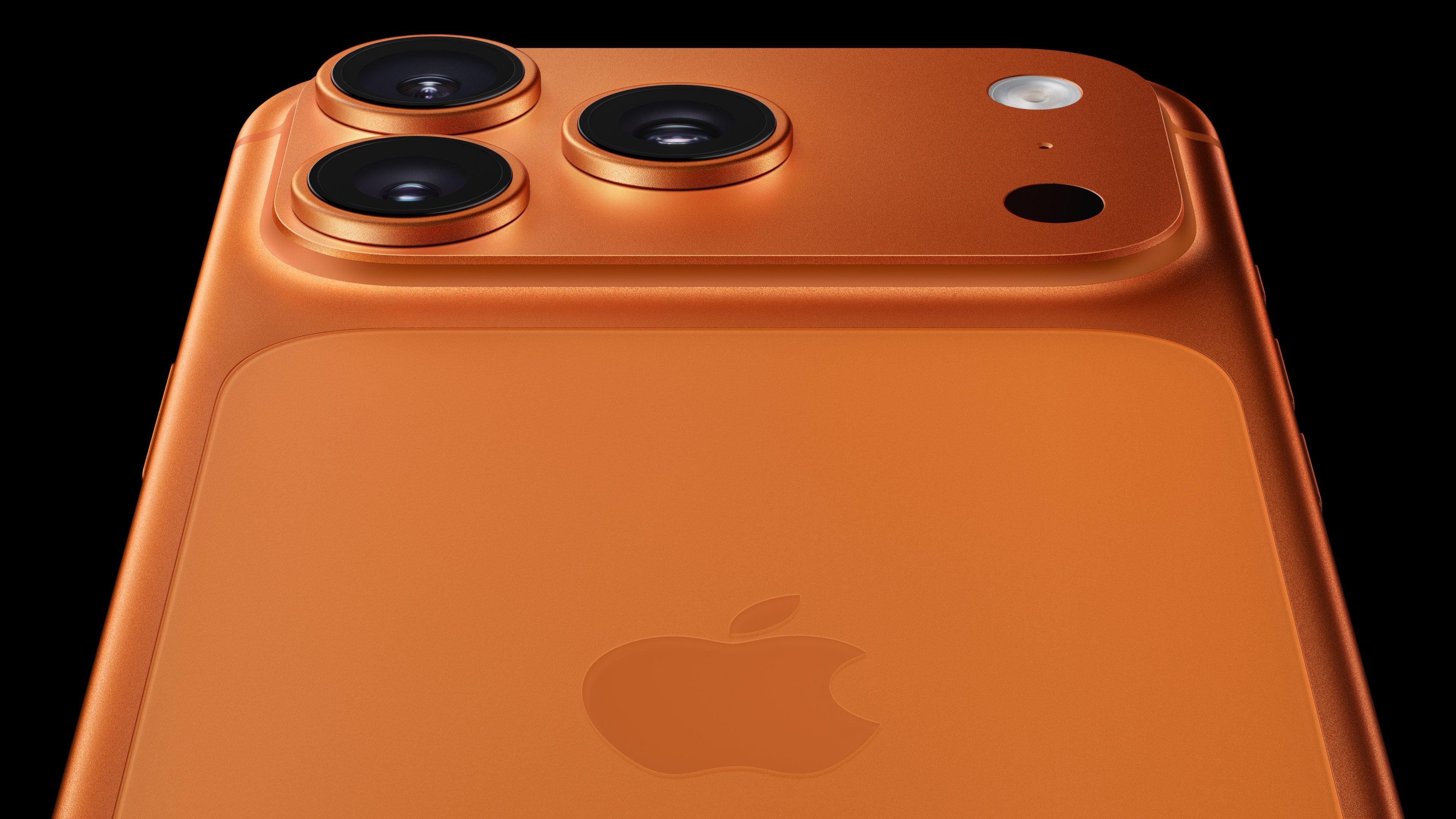Apple (AAPL 0.68%) released the major details of the Apple Watch at its Spring Forward media event in March, detailing the pricing and laying out some of the major functionality. CEO Tim Cook shared his view of the watch as a "personal statement." He also emphasized that the Apple Watch actually had to do a good job telling time, and showed how a number of features work.
Now Apple has released its most in-depth and personal look at its watch yet, posting a series of "Guided Tours" on its website. These informative tutorials -- only a few of which have been posted, with more promised -- "will show you how to do all kinds of amazing things," according to the company. That's perhaps a bit of public relations hyperbole, but the tours do offer the first real look at how Apple Watch might be used once people get their hands on it.

The videos show off the watch's capabilities. Source: Screenshot
It's meant to enhance your iPhone experience
The Apple Watch works in tandem with the iPhone, but it's also designed to "let you quickly do things you're used to doing on your phone, but in a more convenient, less obtrusive way" according to the main video. The watch has a number of features iPhone does not, including the ability to notify you via "tap" when a message or call is coming in, which make your phone more useful.
The watch, Apple explained, is all about "brief interactions." Most of those involve doing something that once required taking your iPhone out of your pocket. Not having to do that, and being able to interact with your phone via a wrist-worn device, looks like a timesaver that enhances the value of the phone.
You don't even have to touch it
One of the more frustrating things in using an iPhone is that you have to unlock it each time you use it (aside from when a phone call comes in). How hard that is depends upon whether you are using the device's fingerprint recognition or not, but it's a minor annoyance that adds time to interactions.
Apple Watch does not have the same issue, as it comes to life when you raise it into a position to look at it. Similarly, no action needs to be taken to turn off the display. It goes away when you lower your wrist.
The watch face can be customized
While it's a tiny piece of real estate to play with (1.5 or about 1.65 inches, depending upon the model), Apple allows for near-complete customization of the watch face. Users can add information such as the weather, a calendar, or even "a snapshot of your physical activity" to the start screen. This puts that information simply a glance away, with a single tap pulling up more information on any one data point.
In general, most information is only a swipe away. Swiping up brings access to "Glances," which the video calls "bite-sized snippets of the content you check most often. Swiping down allows you to see "and act on" missed notifications.
You can the weather in the upper right-hand corner of this customized screen. Source: Screenshot
The "Digital Crown" is king
Apple Watch only has two inputs aside from the touchscreen, and the company considers the one on top, the "Digital Crown," a "revolutionary" input device which is as "integral to Apple Watch as the clickwheel was to iPod." That's a bold statement, but it appears to be true, as the Crown is the key to much of the watch's functionality.

The Digital Crown is the round input device. Source: Screenshot
The Digital Crown allows for scrolling through information without using your finger. That sounds redundant, but with the screen being so small it actually makes it possible to read as you go without having to constantly move your finger. "You can also use it to make fine adjustments such as setting a timer, adjusting your daily move goal in the activity app, or customizing the design of a watch face." the video said.
The input also serves as a way to magnify content and as a launcher for Siri (which can also be accessed by voice commands).







